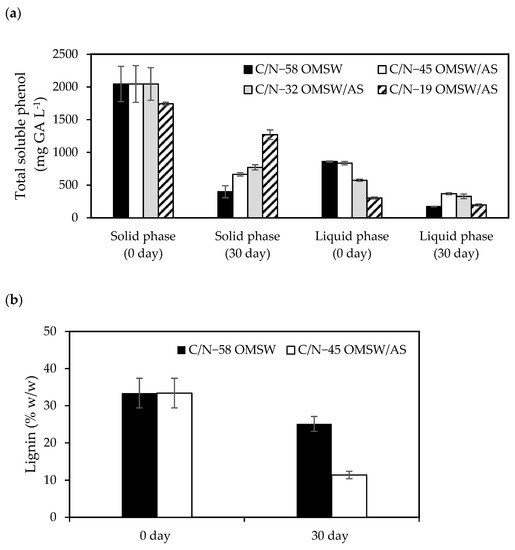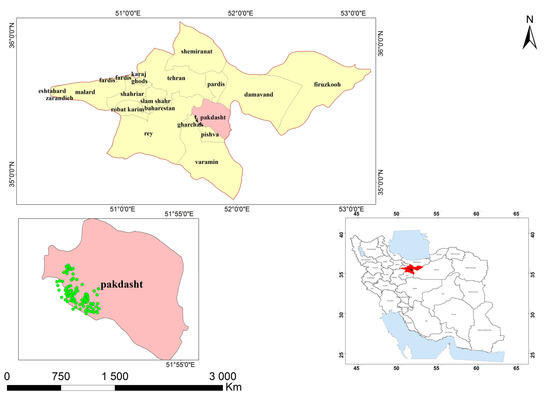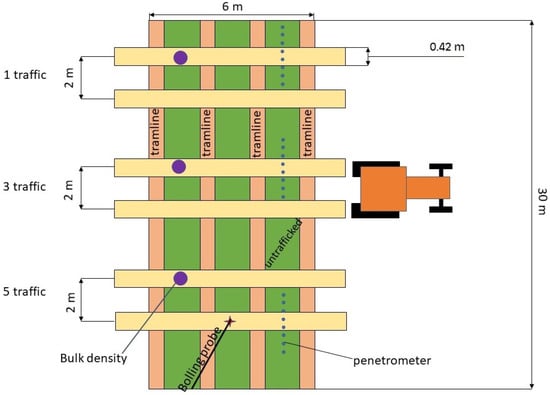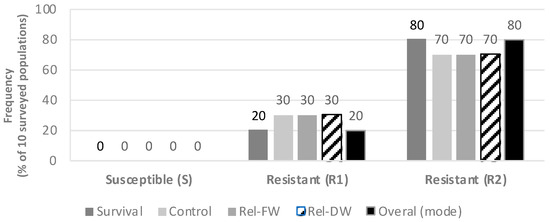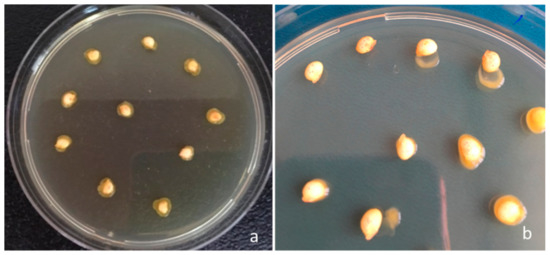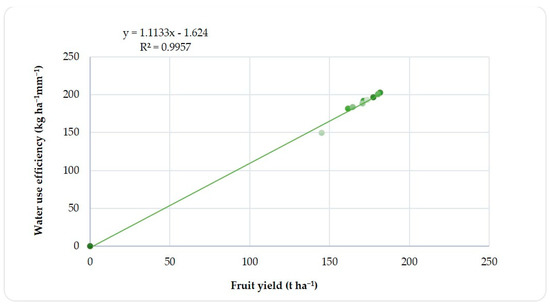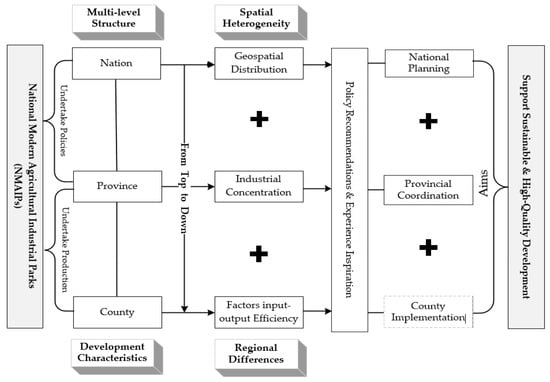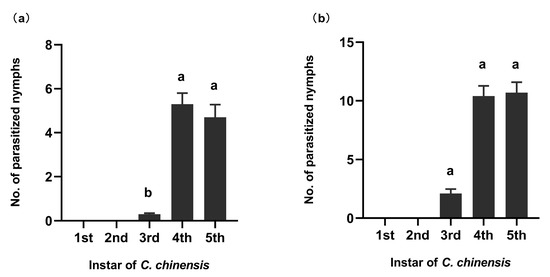Agronomy 2023, 13(3), 743; https://doi.org/10.3390/agronomy13030743 - 2 Mar 2023
Cited by 2 | Viewed by 2326
Abstract
Drylands cover 40% of the global surface and house more than 2 billion people. Drought-tolerant crops are becoming more important in these regions, not only to provide food, fodder, and energy, but also to sequester soil organic carbon. This study evaluated soil and
[...] Read more.
Drylands cover 40% of the global surface and house more than 2 billion people. Drought-tolerant crops are becoming more important in these regions, not only to provide food, fodder, and energy, but also to sequester soil organic carbon. This study evaluated soil and root system attributes of forage cactus ‘Orelha de Elefante Mexicana’ (Opuntia stricta Haw.) managed using different agronomic practices in the Brazilian Semiarid. The experiment was established in June 2011 and the design was split-plot in a randomized complete blocks, where the main plot was the different planting density, and the subplots were the factorial arrangement between harvest frequency and harvest intensity. Soil samples were collected at 0 to 10 and 10 to 20 cm depths and response variables included root biomass, soil bulk density (BD), and soil carbon (C) and nitrogen (N) contents and stocks. Sampling occurred in August 2019, but for root biomass and soil BD analysis it also occurred in September 2021. There were no significant effects from management practices on root biomass at 0 to 10 and 10 to 20 cm depth (p > 0.05), with respective averages of 12.45 Mg ha−1 and 6.06 Mg ha−1. Soil BD was similar at 10 to 20 cm depth (p > 0.05) averaging 1.28 g cm−3. Soil organic carbon (SOC) stock varied with management and reached almost 100 Mg C ha−1 in the 0 to 20 cm layer, indicating the potential of cactus to store carbon. Plants with a more developed root system are more likely to survive the drought climatic condition; therefore, less dense plantings could result in more resilient plants for drier regions, but could potentially negatively affect biomass productivity per area.
Full article

